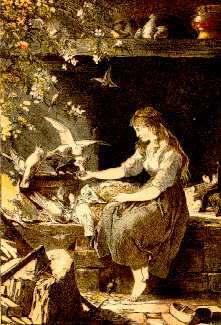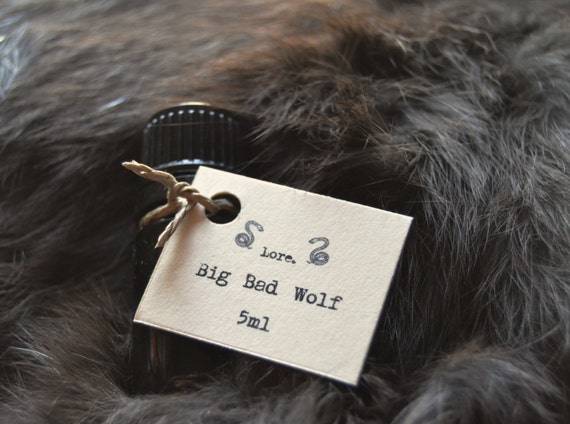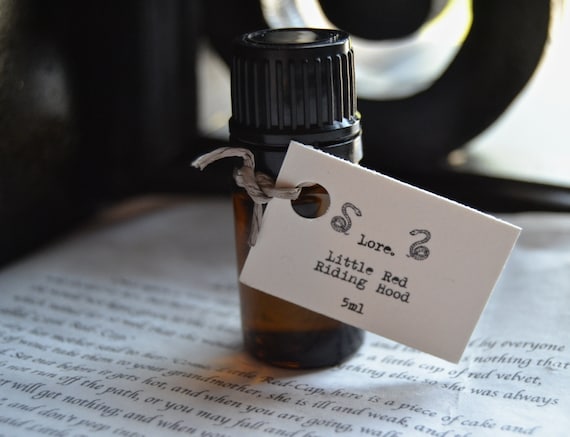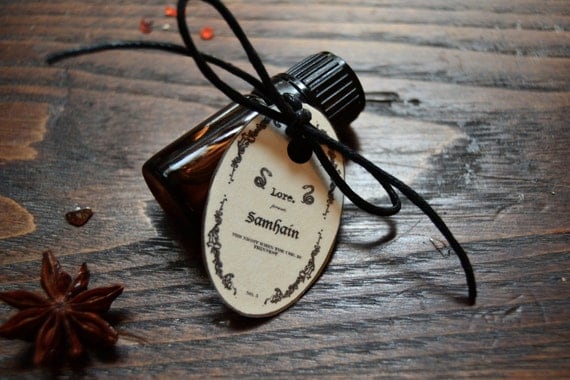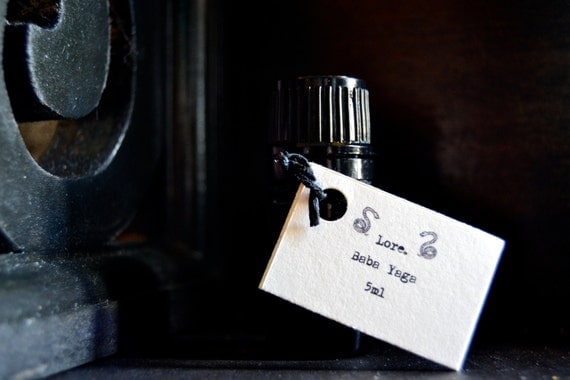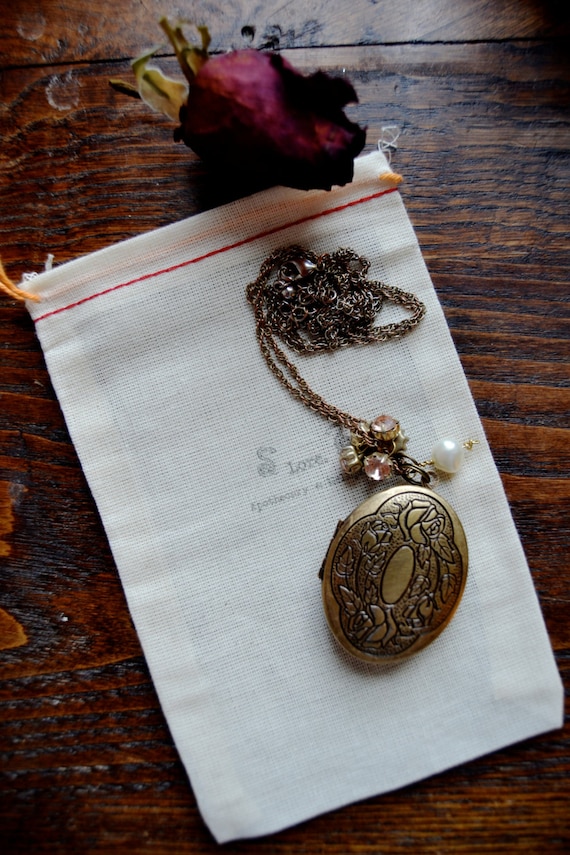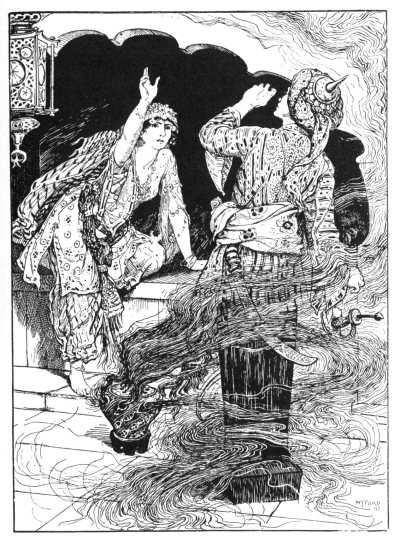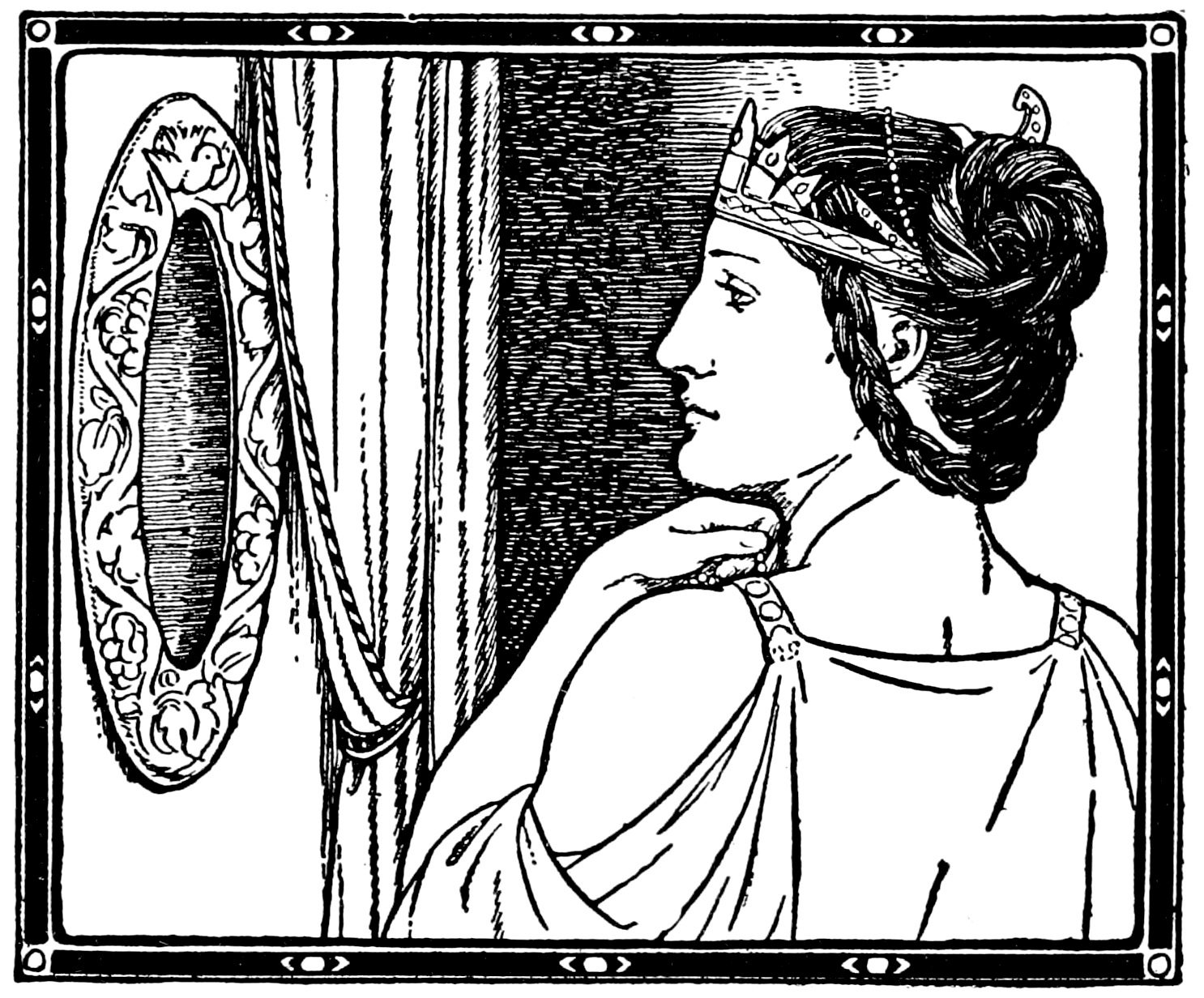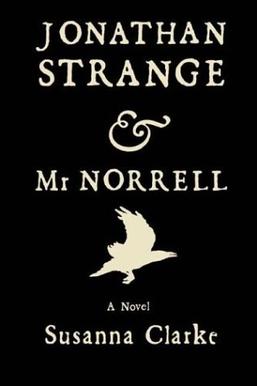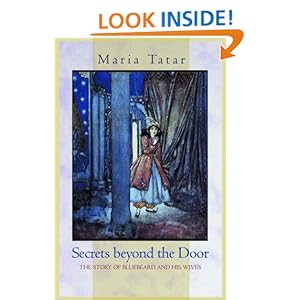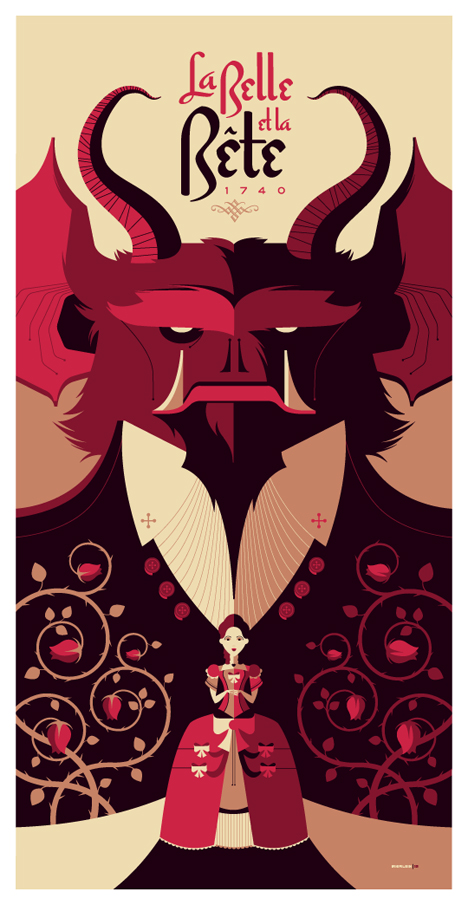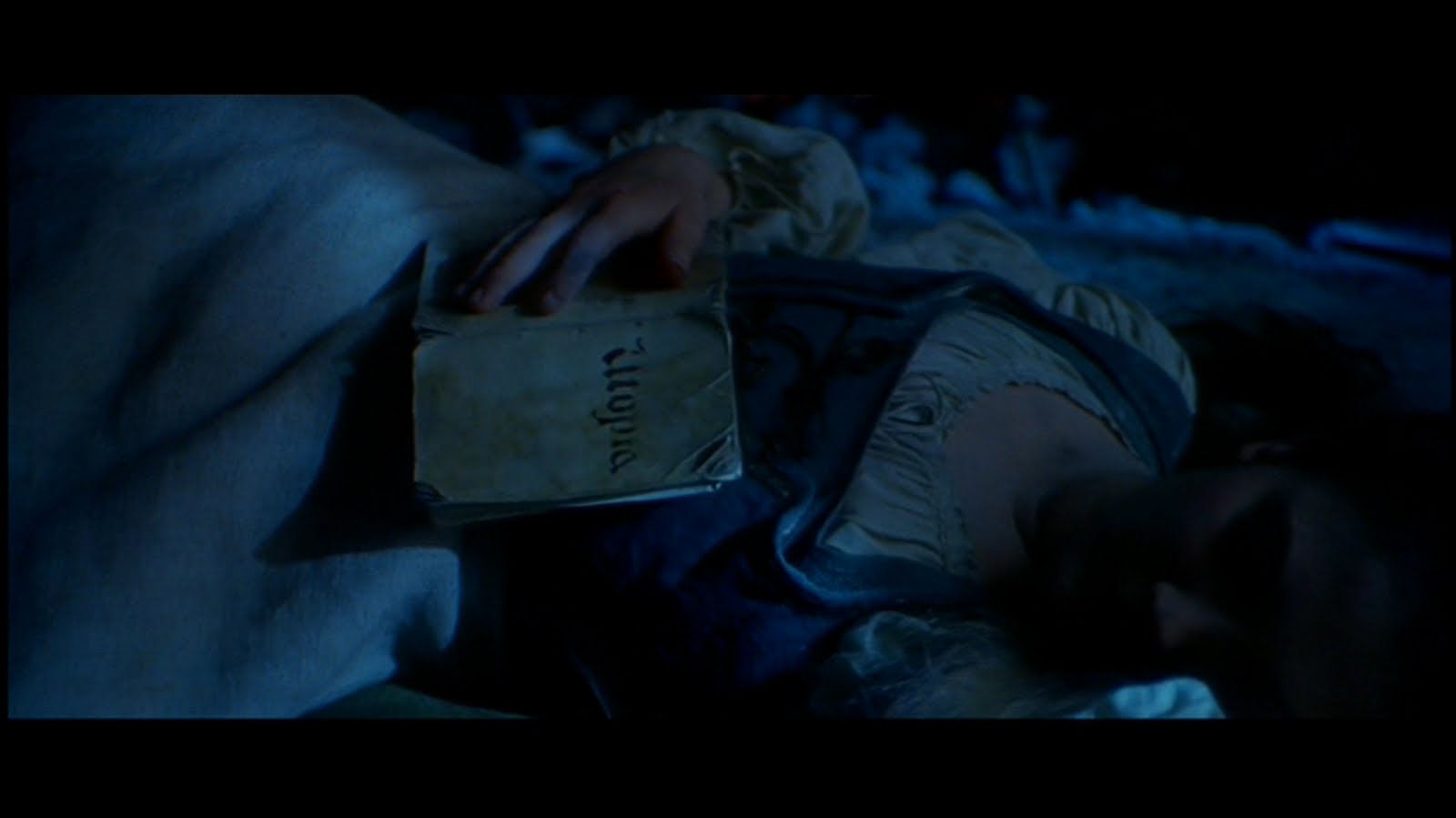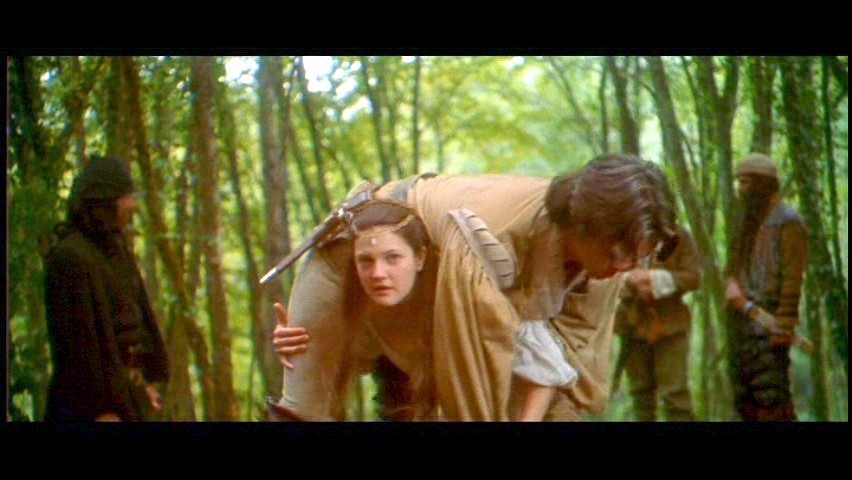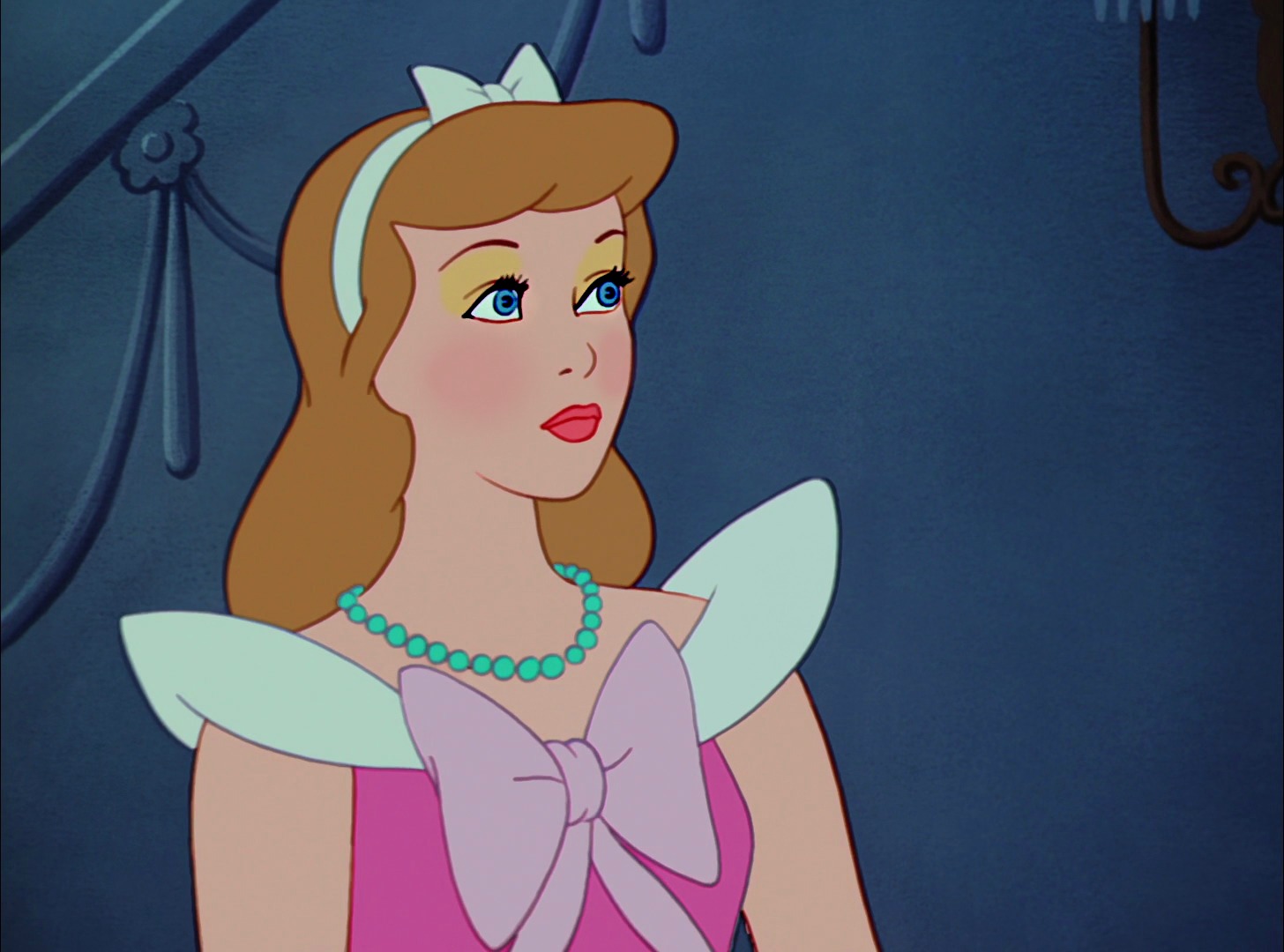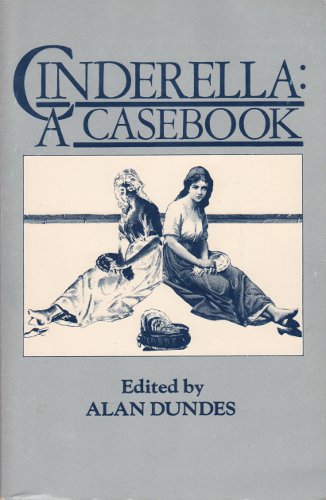An anonymous commenter recently wrote in response to my post on
Fairy Tale Endings that people tend to forget, when criticizing fairy tales for being dark and violent, how dark much of classic children's literature is. And it's true-maybe not picture books on the whole, but I remember having a conversation with a friend years ago about how
many children fantasize about being orphans. We see this trend in children's literature, as many childhood heroes are indeed orphans-from Hansel and Gretel in their parents' attempts to abandon them in the woods, to well-loved characters such as the Boxcar children, Mary of "The Secret Garden", or the children who enter Narnia (again not technically orphaned, but separated from their parents and I don't think any reference is ever made to their parents except to explain them away at the beginning of the books).
"Hansel and Gretel", John B. Gruelle
Partly, getting rid of parents is the only way to create a
child-centered world; a realistic book about children would be pretty limited if they had to ask their parents for permission before going on spectacular adventures. Through orphaned characters, or characters whose parental figures are the enemy, the
children can achieve independence and become the central figures of the story, moving the action along instead of responding to a world where all of their actions are dictated by parents and school teachers.
Fairy tales deal with our primal fears, such as abandonment, or being prey to wild creatures. G. K. Chesterton defended the scarier elements of fairy tales by saying, "All this kind of talk [of keeping fairy tales away from children] is based on that complete forgetting of what a child is like...
if you kept bogies and goblins away from children they would make them up for themselves...One small child can imagine monsters too big and black to get into any picture, and give them names too unearthly and cacophonous to have occurred in the cries of any lunatic...
fairy tales do not tell children the dragons exist. Children already know that dragons exist. Fairy tales tell children the dragons can be killed."
Well known authors have reflected on their remembrances of fairy tales in childhood-Samuel Taylor Coleridge remembered reading is father's copy of
Arabian Nights over and over again, and how he looked at the book "with a
strange mixture of obscure dread and intense desire." Charles Dickens recalled being terrified by his nurse's tales, yet returned to those same tales by alluding to them repeatedly in his works.
Michael Kotzin discusses Dicken's use of fairy tales in his essay, "Charles Dickens and the Fairy Tale as Social Commentary." He says that, in childhood, Dickens recognized the dual aspect of fairy tales-
fun and terrifying-and reused those same ideas in his adult writings as he discovered that
the real world was the same way. He saw horrors that were the natural, unavoidable way of things-disease and natural disaster-but also horrors that were inflicted by people, or society in general, and used fairy tales satirically to criticize political beliefs or groups of people.
Dickens used fairy tale images to make the ordinary extraordinary-in writing a personal letter about the beauty of the buildings in Paris, he tells a friend that "the Genius of the Lamp is always building Palaces in the night." Using fairy tales as a common frame of reference, his works can have a childlike wonder to them. But though he used fairy tales in fun, he also used them in serious ways at times, in making social commentary.
He saw in fairy tales the potential to connect with real world scenarios. He "drew upon fairy tale motifs, narrative patterns, and fairy tale-type characters and settings to help people
sense romance in the everyday world and grasp the need for moral improvement. His popularity then and now owes some legacy to the magic and mystery of the traditional fairy tale." (Remember, Dickens is the one who is often quoted as having
wanted to marry Little Red Riding Hood as a child.)
William Christian Symons
But of course, you can go too far; you shouldn't push violent and gory stories at very young children. It's one thing for an academic to argue about the value of preserving folklore the way it originally was, and another thing for a parent to be awakened by a child who had a nightmare because of a story they read before bedtime.
But at the same time, fairy tales are wonderful because they provide us with
different ends of the spectrum-the terror of tapping into our fears, but the wonder and enchantment of the supernatural, and the possibility of happy endings.
What are your recollections of reading/watching fairy tales as a child, in terms of how scared you were?








